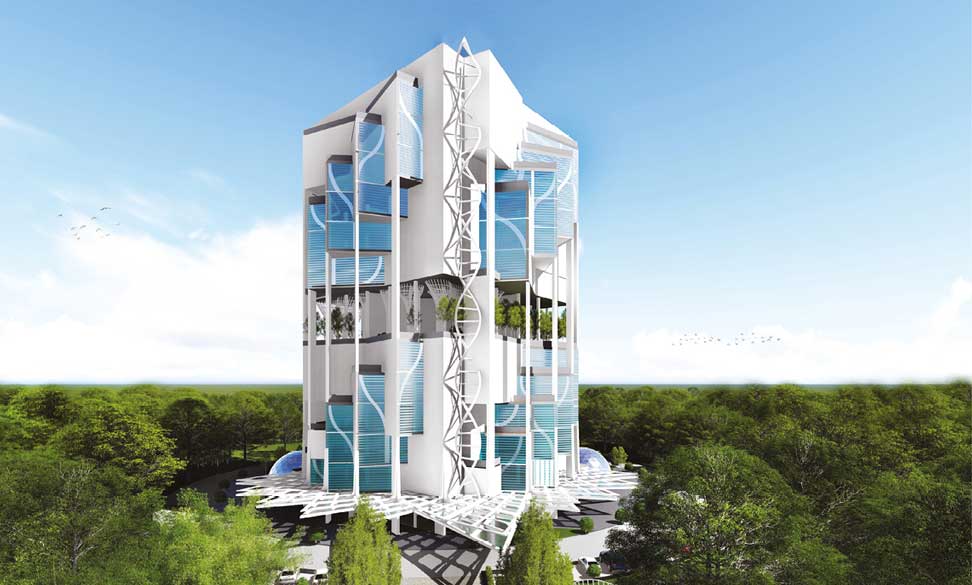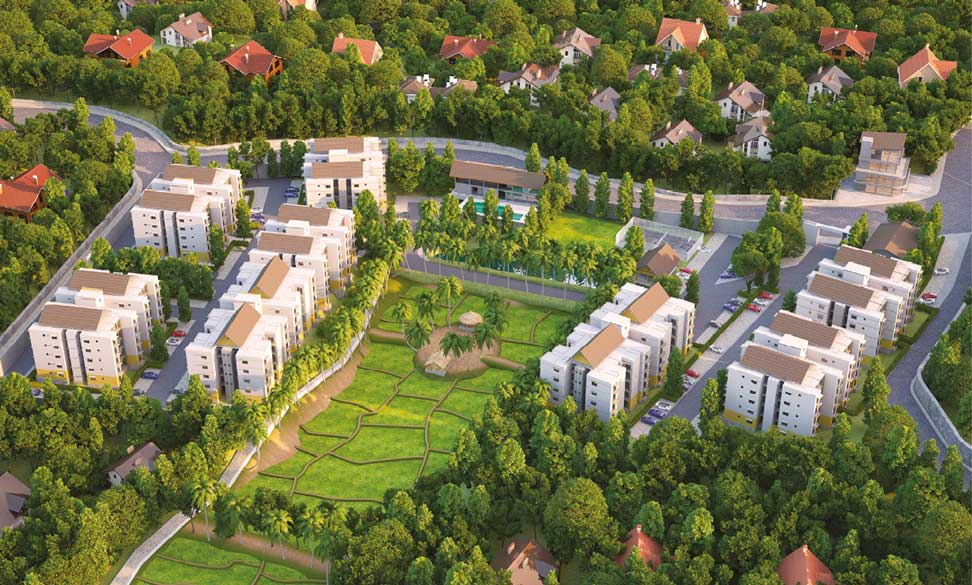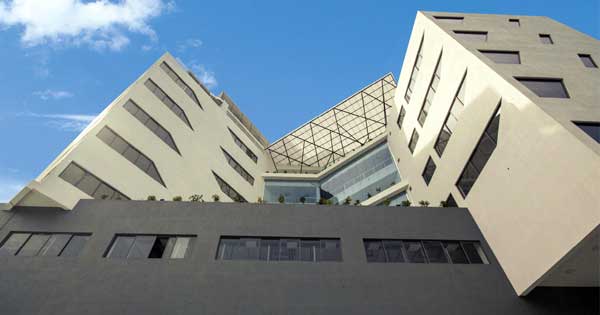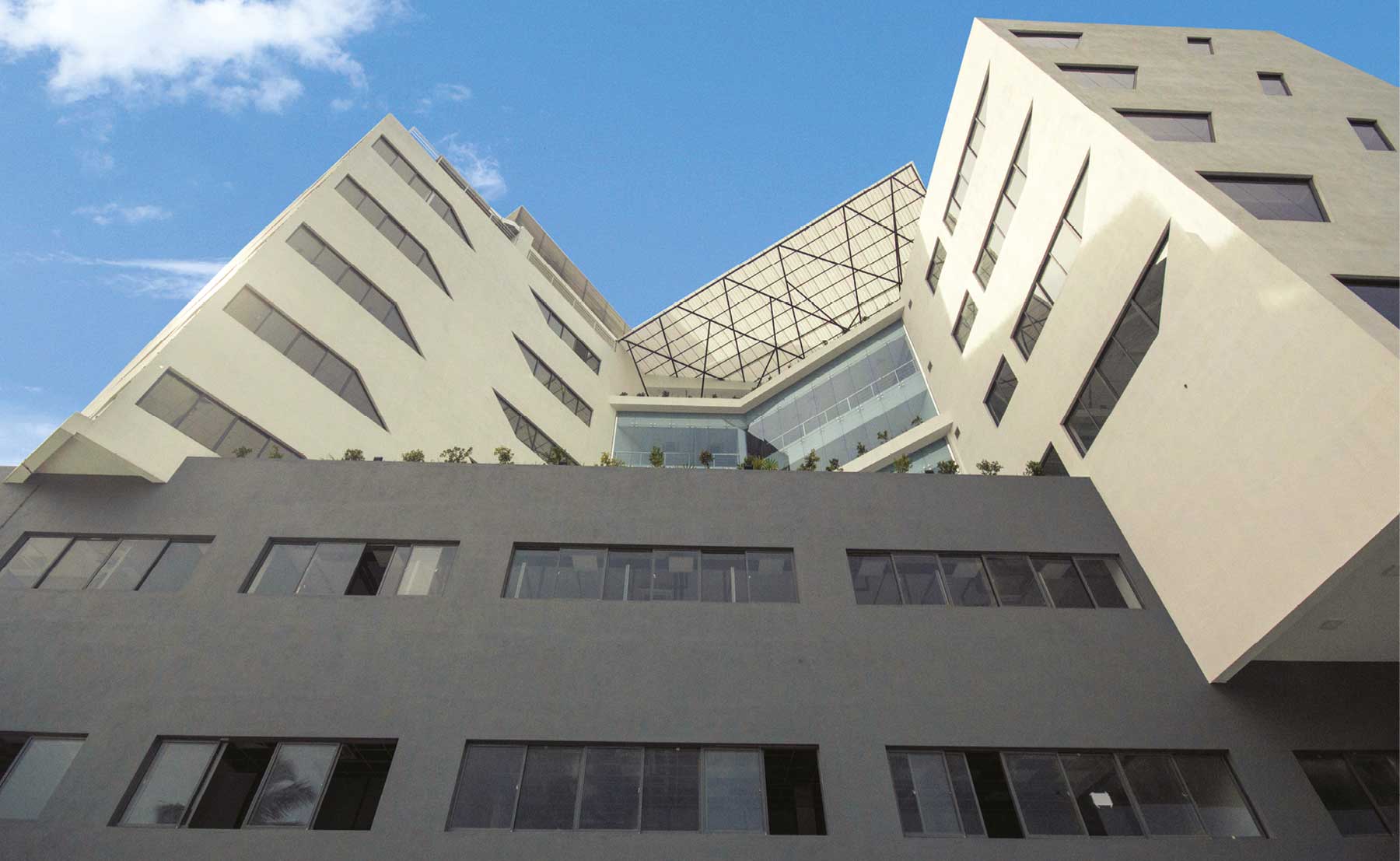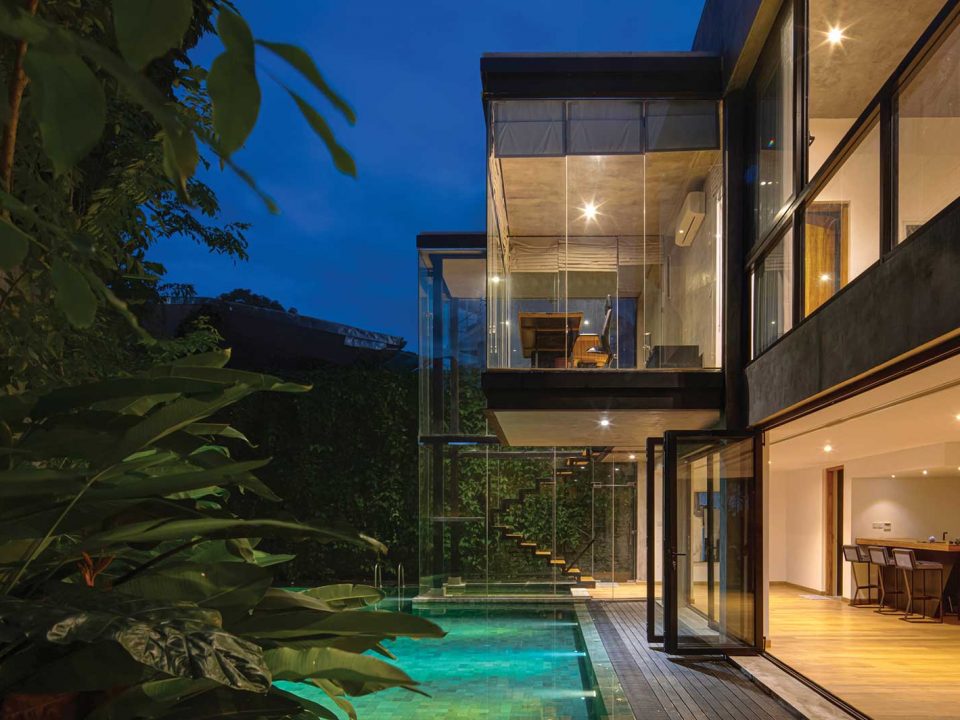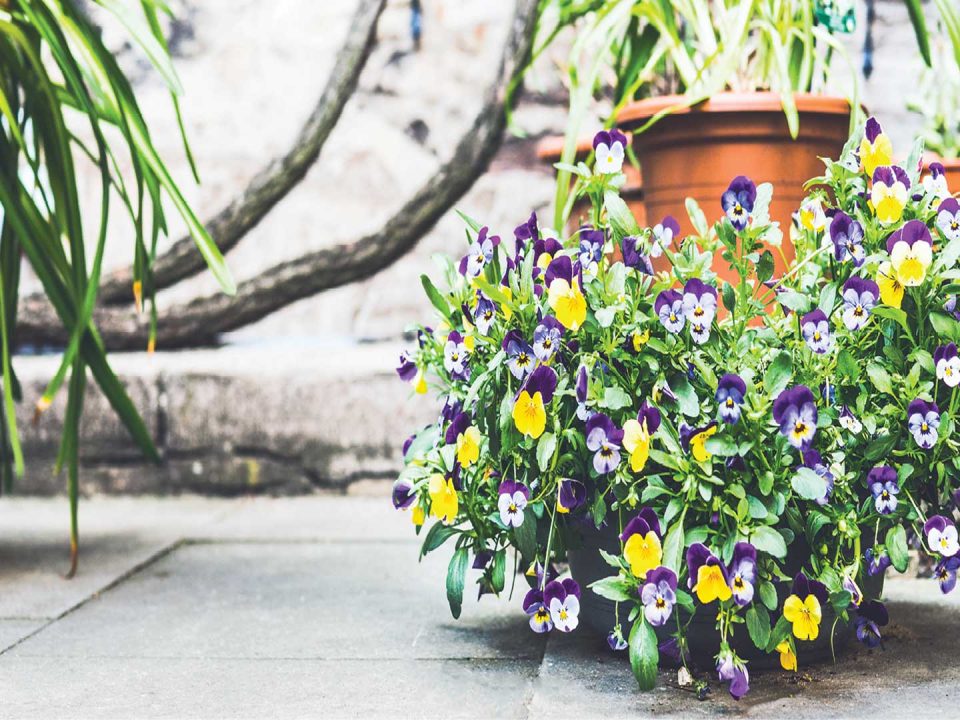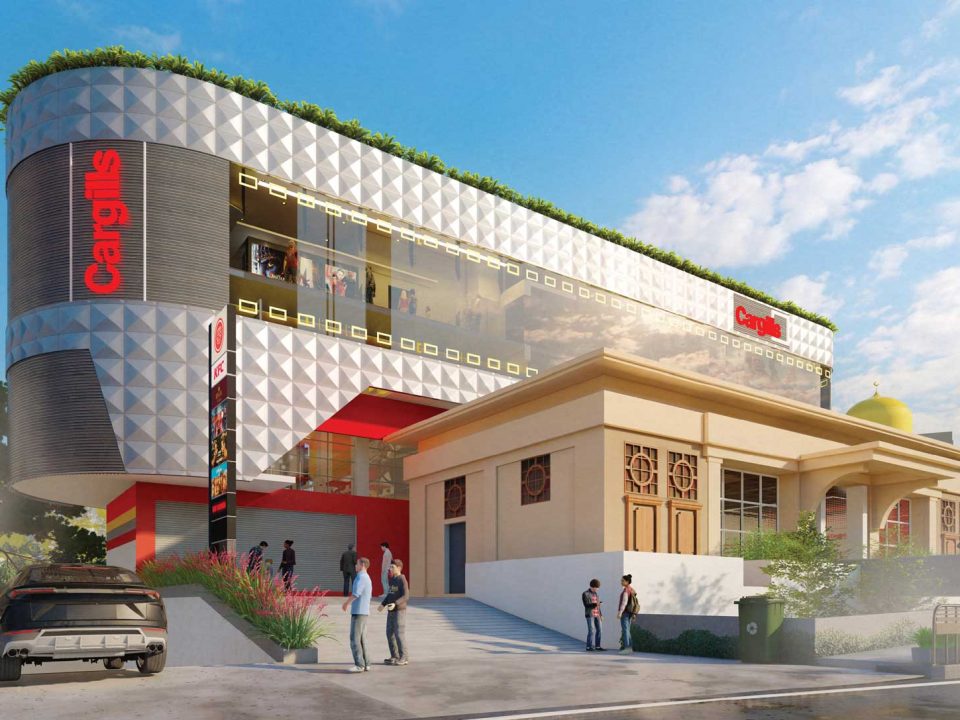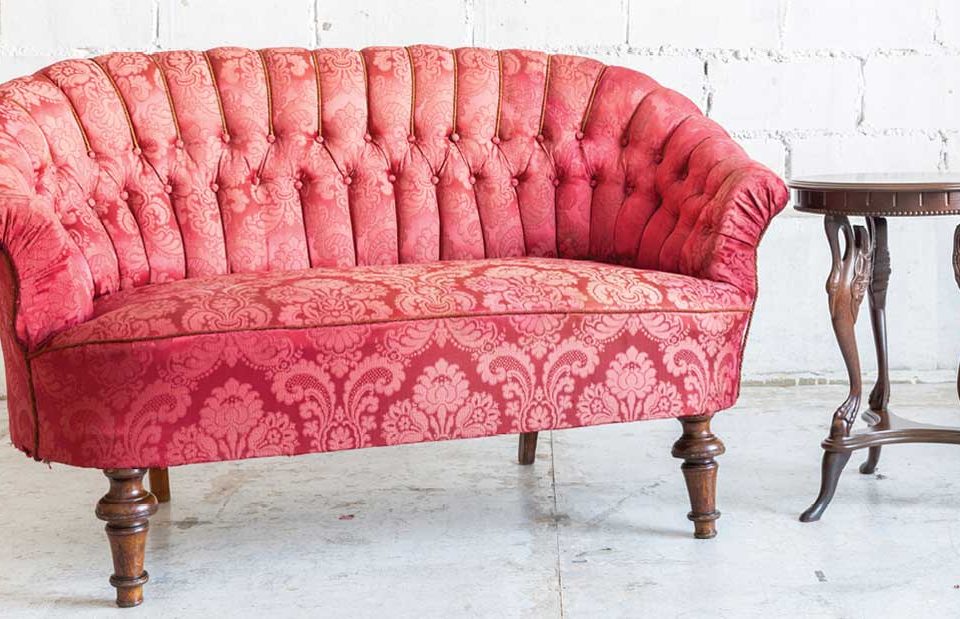TALKING SPACES

MOVIES TO WATCH WHILE YOU AWAIT SEASON 2 OF ‘EMILY IN PARIS’
November 15, 2020
THE BEST CHRISTMAS LIGHTS FOR 2020
November 15, 2020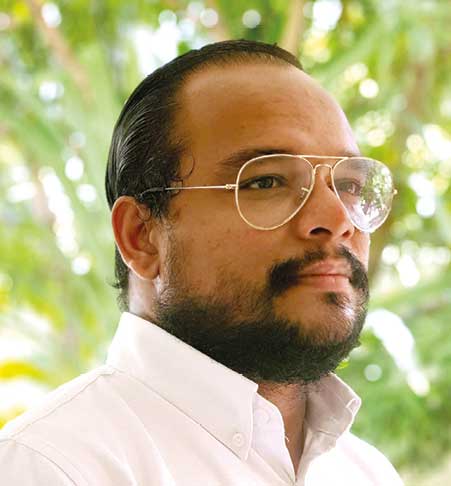
Preserving identities via thoughtful approaches
in conversation with
Lashani Ramanayake
With a family background in architecture, Chanaka Ariyaratna’s choice in career was easy. However, the journey hasn’t been without its challenges and working with his architect father opened a new chapter that reinforced Chanaka’s passion for architecture.
He believes that the rationales of architecture must be solid with cognition and flow of space contributing to the overall concept. Though Ariyaratna’s style of architecture is progressive, his personal artistic inclination is diverse and only limited by the margins of a paper.
Q: What impact has COVID-19 had on the design community?
A: The impact on design should have been positive since any creative person would love to be locked up with their own art. However, the reality is far from this.
Many practices are working with limited staff and facing multiple financial constraints. Moreover, the inflow of work has reduced substantially and some people are sceptical even about projects that are currently underway.
Q: How do architects balance design, function and aesthetics?
A: Currently, the state of design is at a place where all these aspects must be considered with equal importance. Further, a state of equilibrium is required and this tends to vary from project to project.
To achieve this, we must understand the individual project, its attributes and focus. Thereafter, it’s a matter of using the tools at our disposal to ensure that such conditions are in place.
It’s a time-consuming process even with the available software; and this must be explained to clients as many don’t understand the complexity of working towards coherent design. If not, it might end up as a good-looking building with challenging internal functions or merely an aesthetically unattended process.
There isn’t a single right answer on how to condition these aspects. But what’s important is to first identify and understand them in order to make any meaningful contribution.
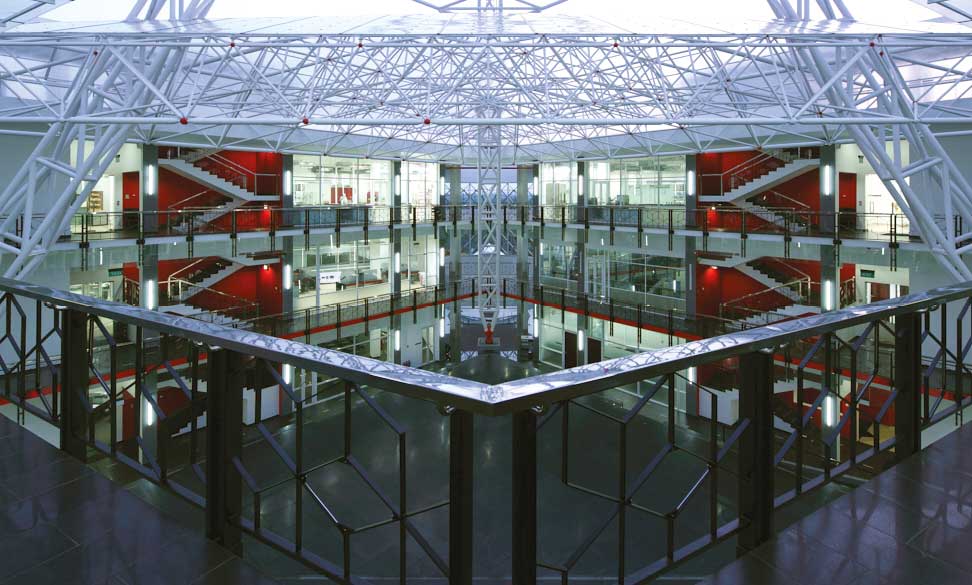
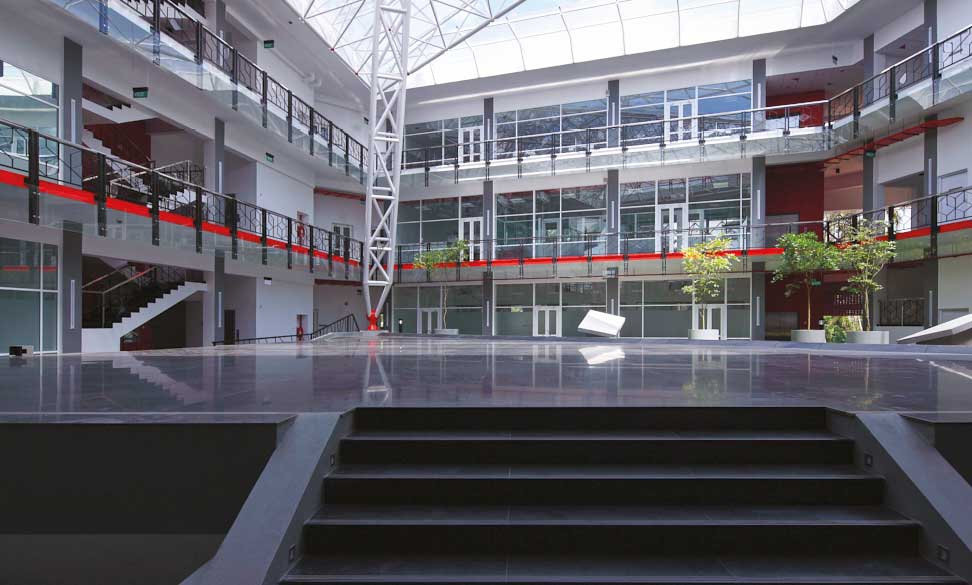
Q: What policy changes will foster talent and grow the creative field?
A: We should use only local lead architects as they know the conditions, culture and context best. Policies should be in place to ensure that whenever foreign design input is required, it’s conducted in partnership with a local architect.
Current policy isn’t strong enough for local architects to influence the architecture of a project. Strong policy opens up better collaboration and efficient channelling of knowledge, which in turn induces creative design to blossom.
Q: Tell us about the future of architecture...
A: As a rapidly developing country, Sri Lanka has a very good platform on which to build itself up into whatever it pleases – and architecture is one of the main aspects that enables this in a physical sense.
With technology and advancements, we are on track to making concepts a reality. However, many prefer architecture and art to move at a slower pace compared to how other countries are developing. This will enrich our culture and tradition rather than moving forward too rapidly.
Contemporary architecture around the world demands that communities follow it. However, I feel that Sri Lanka should adopt an approach that builds on its own identity.
